When you need to buy an instant inner pot, there are many possible options in the market. But if you haven’t knowledge about that, you have still two possible options, Which are ceramic and stainless steel instant inner pots.
So, Which one is better instant pot ceramic inner pot vs stainless steel?
The ceramic inner pot is coated with a nonstick coating. It has a limited lifetime, is not dishwasher safe, and its surface has to be protected against utensil damage. The stainless steel inner pot has a heat-conductive core that is coated with durable nonreactive stainless steel and it last long. On the other hand ceramic inner pot is less expensive than a stainless steel inner pot.
So, it depends on which factor buyers are looking for.
Do you want to know more about it? Keep reading!
Table of Contents
Instant Pot Ceramic Inner Pot vs Stainless Steel: Brief Comparison
There are several distinctions between ceramic and stainless steel inner pots in terms of material, performance, care, and so on.
In bellow given the difference between this two, which will help you to make quick decisions.
| Ceramic Inner pot | Stainless Steel Inner Pot | |
| Materials | Aluminium or hard-anodized aluminium. | Stainless steel( food grade 304 (18/8)), |
| Design | Round Dutch oven | Round Dutch oven |
| Finish | All colours and textures available | Exterior shiny in a wide variety of colours, interior light or dark. |
| Weight | 1 – 2.2 pounds | 1- 2.5 pounds |
| Temperature | Will withstand temperatures over 450 °F | Temperatures up to 500 °F depending upon the inner pot quality. |
| Heat Conductivity | Heat Conductivity is quite good. | Comparatively less than the ceramic inner pot. |
| Heat Distribution | The distribution of heat is fast. | The distribution of heat is slow. |
| Heat Retention | Low | Medium |
| Cooking Time | Needs more Cocking time than Stainless steel inner pot. Cause it takes time to heat the ceramic. | As it is easier to heat stainless steel, so it takes less time for cooking. |
| lifespan | 3 years at most. | 25 years or more |
| Cleaning Up | Safe with Dishwasher and dish soap | Safe with dishwater and warm soapy water |
| Care and Maintenance | Ceramic is easier to clean. | Low maintenance is needed. |
| Nonstick | Yes | No |
| Health and Safety | Ceramic inner pots are made of an all-natural, toxic-free substance. | Stainless steel does not release any harmful chemicals and does not react with food. |
| Price | Check Price | Check Price |
Instant Pot Ceramic Inner Pot vs Stainless Steel Inner Pot: Key Difference
We have already given a brief description of the difference between an instant pot ceramic inner pot and stainless steel inner pot. And here we will discuss in detail So that you easily understand the differences between the two.
Safety:
The most important aspect of any coating is that it does not release any dangerous chemicals into the food while it is cooking. Ceramic Instant inner pots are created and fired in kilns.
That can result in rice smelling foul.
The non-stick coating of the ceramic inner pot is made of silica dioxide, which is entirely non-toxic and non-reactive and won’t leach any unwelcome substances into your food. Health issues with the usage of PTFE and PFOA in the production of non-stick coatings were brought up in the early days of ceramic coatings.
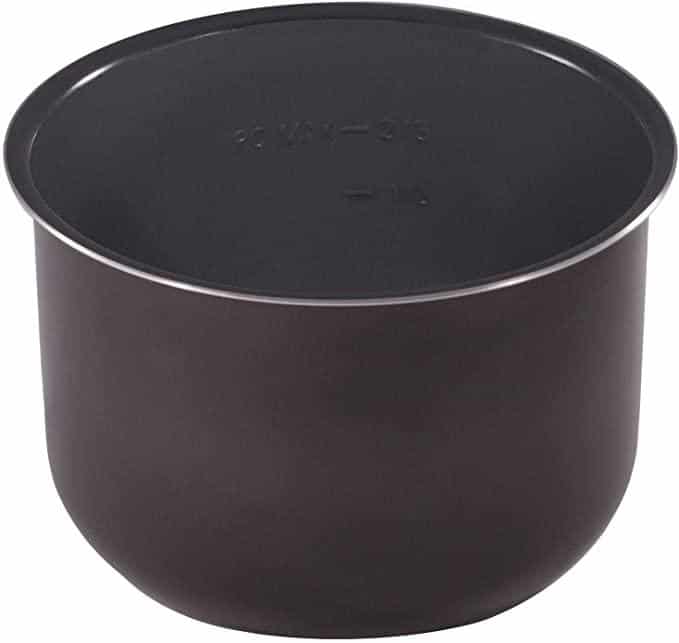
The ceramic instant inner pot is completely safe as of 2015 since no PTFE nor PFOA were utilized in the non-stick coating.
Because a stainless steel pan is constructed of stainless steel and does not allow any chemicals to seep into food at all, it is by definition 100% safe.
With the help of this instant inner pot, you can cook Boxed Rice in your rice cooker.
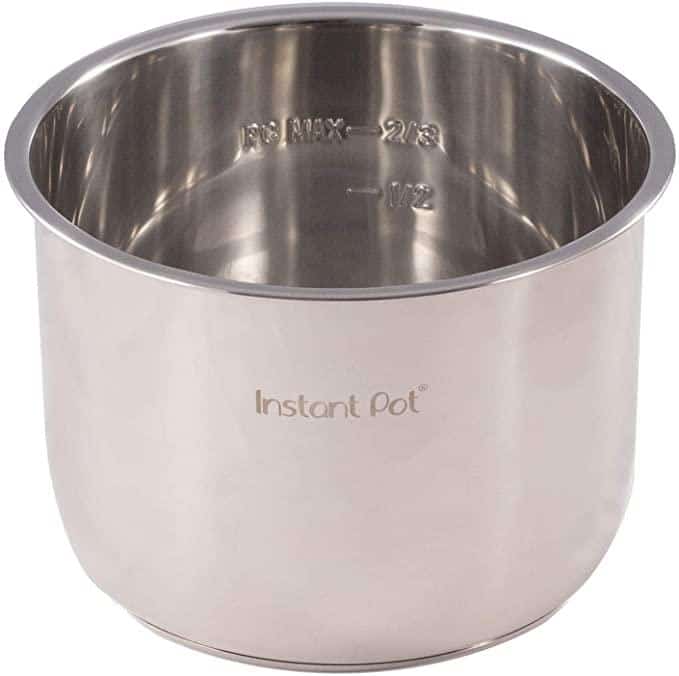
So, Both stainless steel and ceramic Instant inner pot get good marks for safety.
Which is Healthier?
Although cooking with porcelain is marketed as healthier since you don’t need fat, oil, or butter, this isn’t accurate. Even though the ceramic is a non-stick surface, it is nevertheless recommended to add a little bit of oil or butter for optimum cooking.
If you want to lose a few pounds, the reduced cooking oil level would be something to think about. That tiny amount of butter or fat assists the food during cooking and minimizes calorie consumption.
Since stainless steel surfaces are not non-stick, There will be some scratches while cooking. Don’t worry this is not dangerous.
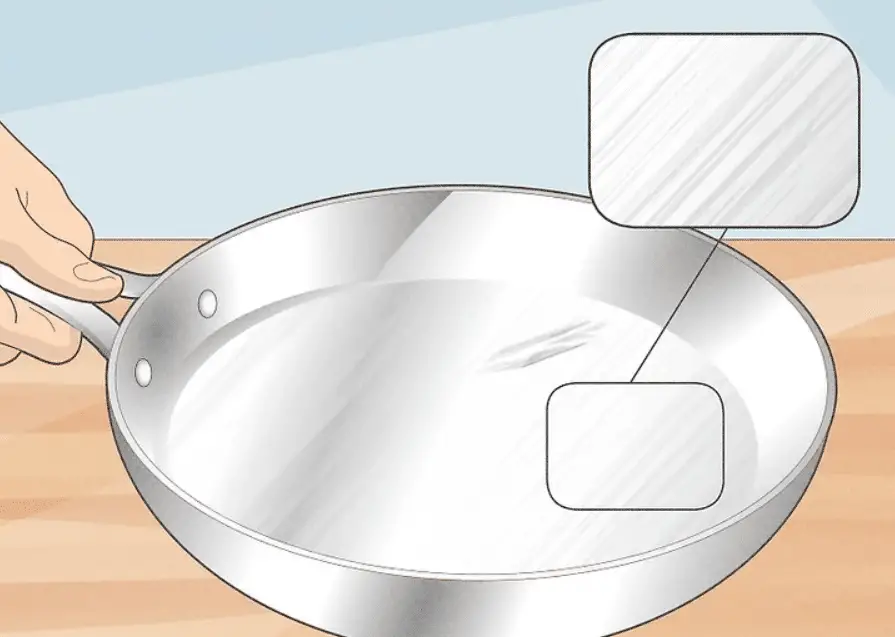
you will need to apply some kind of oil while using them. Therefore, adding a little more cooking oil will help a lot in preventing the sticking of your meal.
Stainless steel is just as healthy as ceramic, and the weight reduction benefit would be insignificant if you weren’t cooking in three inches of oil.
Stainless steel inner pots and ceramic non-stick inner pots are comparable in terms of health.
Heat Distribution:
None of the materials indicated above for the inner pot is subpar in this respect. Ceramics perform a wonderful job of cooking dishes that only need modest heat, even though it is not very good at absorbing heat.
And on the other hand, if you want your food cooked at a high heat, stainless steel is your best choice. Additionally, a lot of people think that the imperfections in the clay and sand particles aren’t responsible for the heat dispersion in a ceramic inner pot.
You can solve rice too sticky problems with a ceramic instant inner pot.
But because of technological advancements, this is no longer the case. Even though ceramic is now thought to distribute heat evenly, stainless steel inner pots may still be superior in this regard.
Lifespan:
We all want our purchases to last long enough to be worth every penny. The connection you have to any kitchenware in your kitchen is genuine, and losing it too soon might break your heart for the rest of your life.
Because ceramic is often fragile, stainless steel is a preferable option in terms of durability. The ceramic inner pot might lose its original form with only one unintentional fall, and the damage is unavoidable.
You will also be interested in: Is granite cookware safe: In-depth analysis
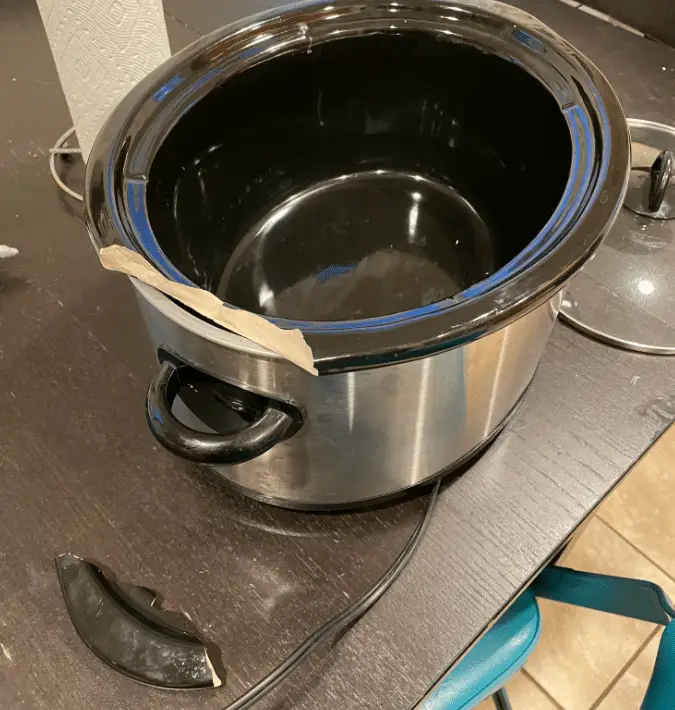
But in general ceramic inner pot may last for 3 years. Stainless steel is resilient and durable, and it may even last you 25 years.
Time for Cooking:
We are all aware of how long it takes ceramic inner pots to heat up properly. This thus lengthens the cooking process. This means that using a ceramic inner pot for an instant pot would need you to spend more time standing in the kitchen.
The rate at which heat is conducted through ceramic clay ranges from 0.15 to 1.8 watts per meter, whereas the rate at which heat is conducted through steel is 80 watts per meter.
That’s a tremendous change. In addition, steel transfers heat from the oven to the walls of the pot and subsequently to the food within 50 times more efficiently than clay does in the same amount of time.
Even more so than clay, aluminum is aggressive, dissipating heat one hundred times as quickly. The fastest heat transfer occurs in a copper pot, which is 500 times quicker than a clay one.
According to The Laws of Thermo-Culinary Dynamics,
The Specific heat capacity for Ceramic clay is 0.33.
The specific heat of iron is 0.11, or approximately a third of that of clay.
With a specific heat value of 0.09, copper is almost a quarter as hot as clay.
So we can say that ceramic takes time to heat up but it can absorb heat more times, which means it is better for slow cooking.
Contrarily, due to its capacity to absorb heat more quickly, stainless steel makes cooking food simpler. You must now choose between a ceramic Inner pot and stainless steel inner pot.
Affordability:
You may have to give up on the stainless steel inner pot for your instant pot if you are having trouble finding a balance between spending and conserving.
Inner made of ceramic has always been less expensive than the most popular stainless steel.
Inner pot price may vary on its size, There are three available inner pots we found, these are 3 quarts, 6 Quarts and 8 quarts.

According to the market, the Ceramic inner pot may cost around $20 to $35. On the other hand, Stainless steel inner pots may cost around $30 to $45.
Ceramic Inner Pot vs Stainless Steel Inner Pot: Which One Should You Get?
If you consider the lifespan then stainless steel is better than ceramic inner pots, On the other hand, if you consider the cost then the ceramic inner pot is better than the stainless steel one.
Similarly, Both Ceramic and stainless steel has some pros and cons. Below we will compare the pros and cons of Ceramic and Stainless steel instant inner pots.
Pros of Instant Ceramic Inner Pot vs Stainless Steel Inner:
| Ceramic Inner Pot | Stainless Steel Inner Pot |
| Without the use of dangerous pollutants, ceramic inner pot is created from natural resources. It undoubtedly benefits your health. | Cooks with busy kitchens tend to choose stainless steel above all other materials. |
| The ceramic inner pot is Dishwater safe. | Stainless Steel Inner Pot is dishwasher safe. |
| Cleaning the ceramic inner pot is simple because it is nonstick. Its surface does not always retain food. | The cleanup process of Stainless Steel pot doesn’t take much work. |
| The fact that it doesn’t call for extra butter and oil seasoning is a bonus for your health. | You may cook any sort of food with it since it is nonreactive, which is ideal for your health and safety. |
Cons of Instant Ceramic Inner Pot vs Stainless Steel Inner Pot:
| Ceramic Inner Pot | Stainless Steel Inner Pot |
| Due to their fragility, ceramic inner pot requires a lot of upkeep in general. | Stainless steel that does not transmit heat well. The heat transmission might be inconsistent and inefficient. |
| The ceramic inner pot of lower quality and thickness tends to break off quickly and is not scratch resistant. | It is typically more expensive than ceramic and other popular inner pot materials. |
| It is breakable and designed in such a way that you cannot restore the utensil to its original form. | Since it is not nonstick, it requires greasing to prevent the food from sticking. |
| Top chefs refrain from purchasing standard stainless steel versions because of this |
Frequently Asked Questions (FAQs):
Is ceramic safe in Instant Pot?
It is theoretically possible to use an oven-safe ceramic in the Instant Pot, but not all brands have been thoroughly investigated and found to be safe. It is thus advisable to act with care when ceramic.
What not to use in Instant Pot?
In general, pressure cooking and slow cooking are simply not suitable for delicate seafood including fish, oysters, prawns, clams, and muscles. These are items that must be swiftly prepared at the proper temperature, which is challenging to do with an Instant Pot.
Can you use any stainless steel pot in Instant Pot?
It is an excellent option for reheating as well as steaming meat, fish, vegetables, rice, and other foods. Use whatever steel container you already have. For a 6-quart Instant Pot, a steel bowl with a diameter of fewer than 7.5 inches is recommended.
Conclusion
We hope this discussion could help you to pick an instant pot between instant pot ceramic inner pot vs stainless steel. Based on the price Ceramic instant inner pot is better than stainless steel. If you consider the lifespan, Stainless Steel is far better than the ceramic inner pot. Even a Stainless steel inner pot last a decade whereas an instant inner pot needs an accidental fall.
there is some factor By which you can choose one inner pot over another. So it depends on you, which factor you are looking for.
My discussion is over now. Have a great day and goodbye!


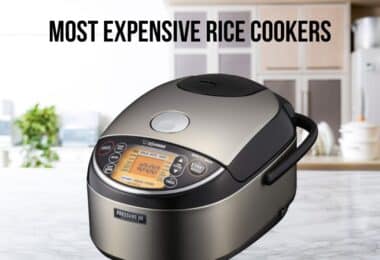
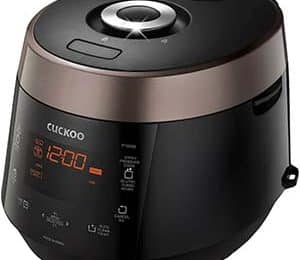
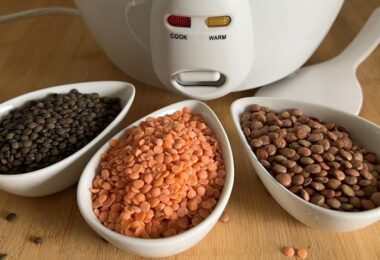
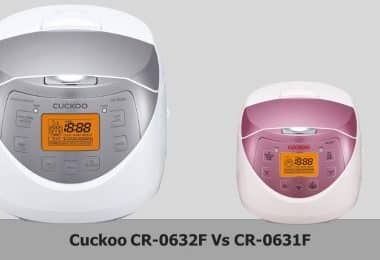
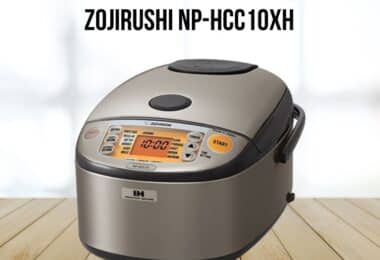
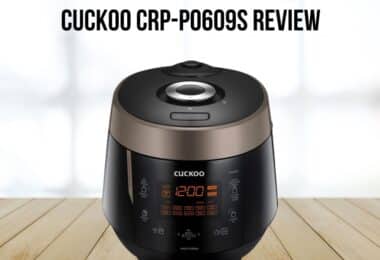

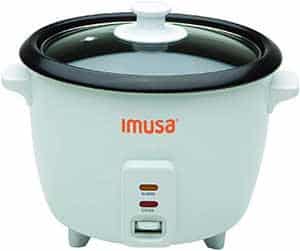
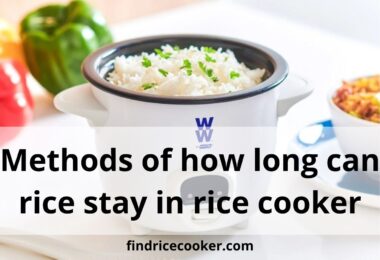
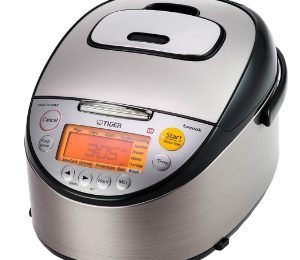
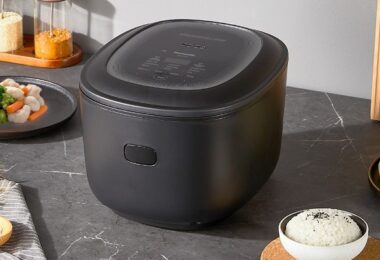
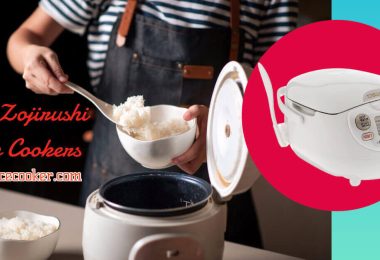

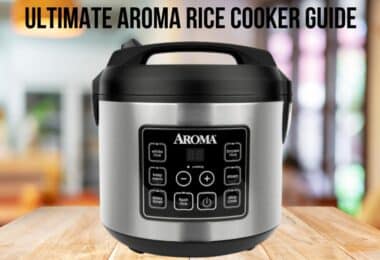
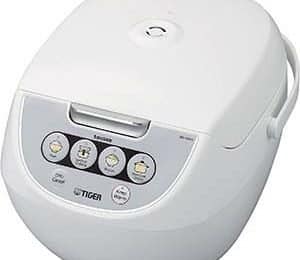
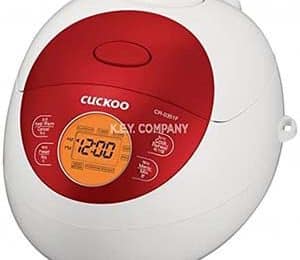
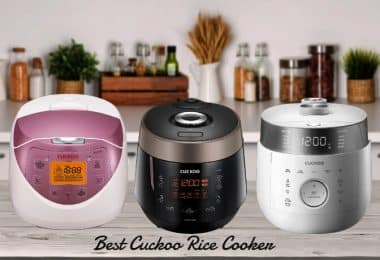
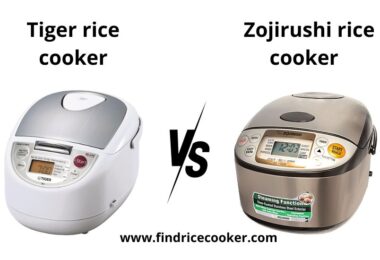
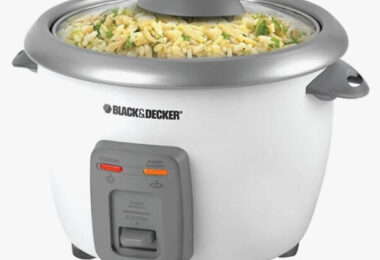
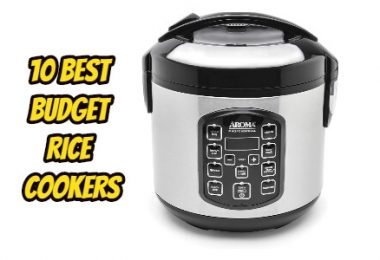
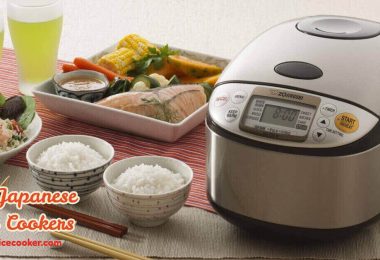
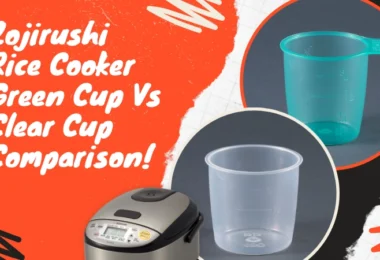
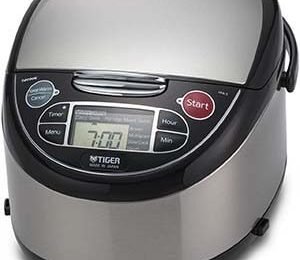
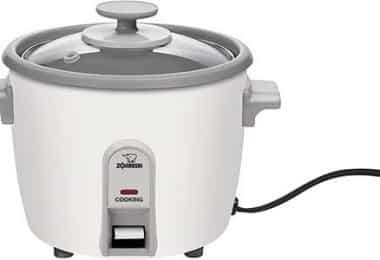
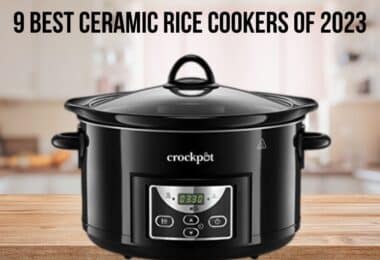

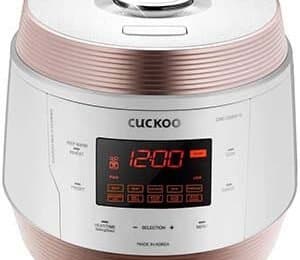
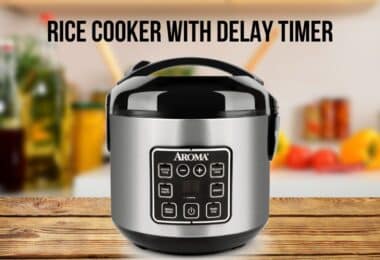
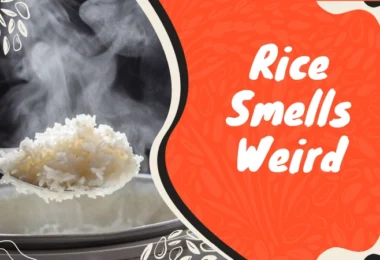
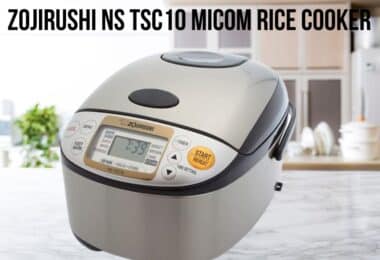
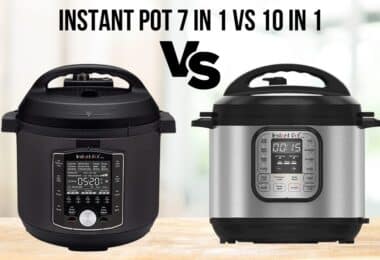

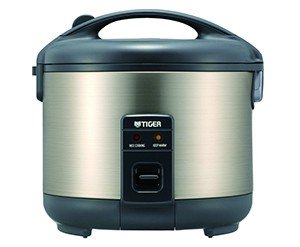
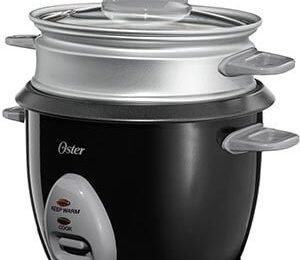
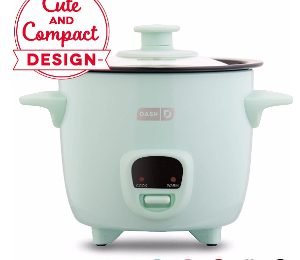
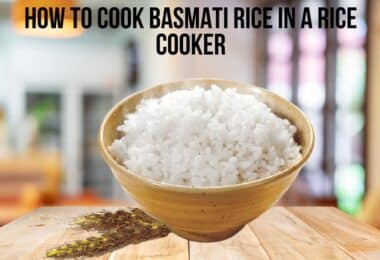
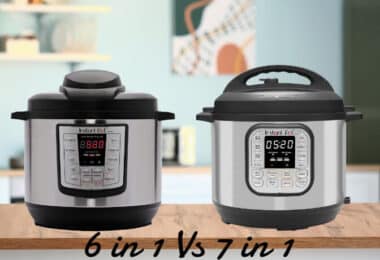

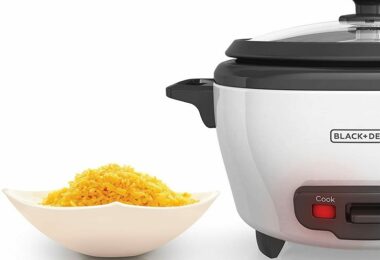
Leave a Comment